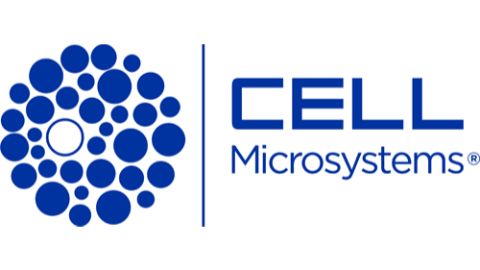Continuous Collection of Stem Cells from a Human Placenta Perfusion Co-Culture

The presence of smaller cells in the ECS harvests, OCT3/4 phenotype and the highly proliferative nature of this harvest when placed into flasks suggests the presence of very small embryonic-like stem cells. The hollow fiber cell culture environment is clearly different than flask culture. Three dimensional structures were formed on the surface of the fibers. Cytokine concentration and cell to cell interactions may play a role in their formation. When harvested cells were placed into flasks, the different cell culture environment induced these cells to differentiate into mesenchymal stem cells and generate spheroids. The recapitulation of the placental construct may represent a unique source for continuous culture and collection of stem cells. Hollow fiber bioreactors represent a different cell culture environment with resultant differences in cell phenotype from flask culture. These experiments demonstrate the capability of hollow fiber bioreactors to support continuous production of certain stem cell types in a single use system. Larger scale systems have the potential to produce stem cells on a continuous basis and meet the criteria for their bio-manufacturing in a single-use system on a clinical scale.





